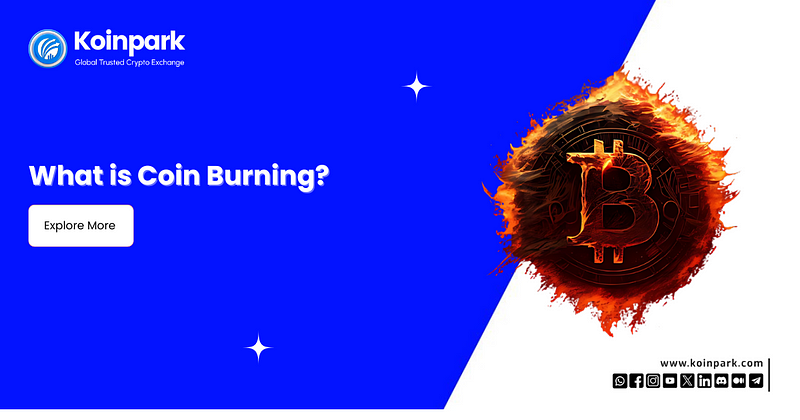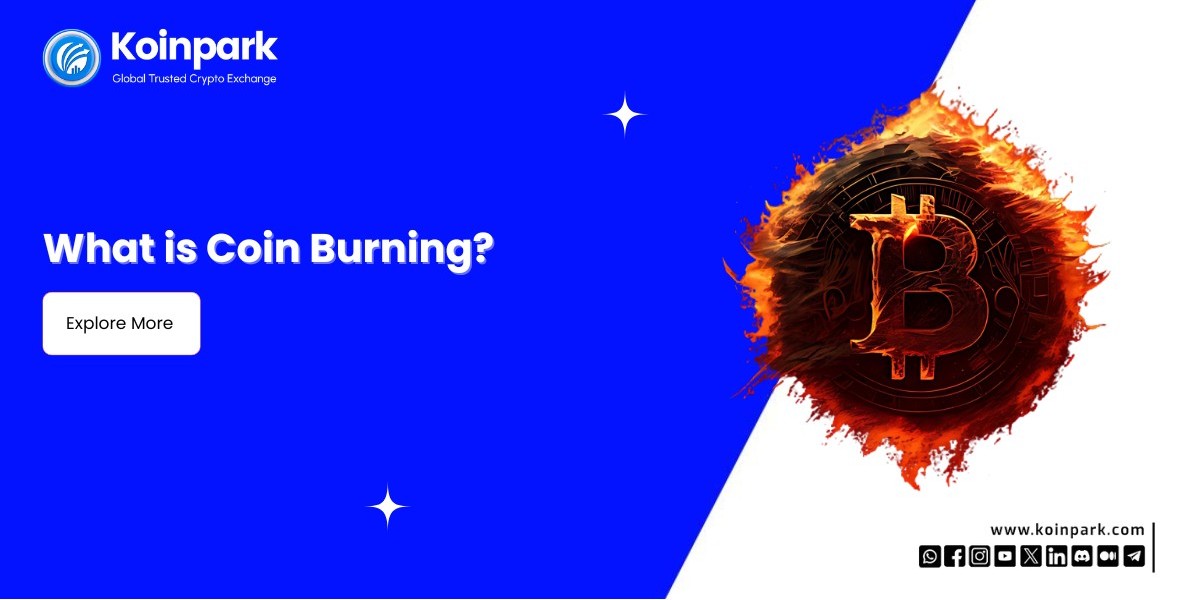
Introduction
Coin burning is a term you will often hear in the crypto world. In May 2021, Vitalik Buterin, the co-founder of Ethereum, burned 410 trillion Shiba Inu tokens, which were worth approximately 9.29 billion U.S. dollars at that time.
Burning these coins means destroying them or removing them from circulation forever.
In this article, you will learn what coin burning is, how it is done, where the coins come from, why companies and developers burn these coins, and some examples of crypto-burning cases.
We have included timestamps so you can easily skip to any part you want. With that said, let’s get started.
What is Coin Burning?
Coin burning is the process of permanently destroying an amount of cryptocurrency, removing it from circulation forever.
This action is irreversible, meaning once the coins are burned, they are gone for good. It’s like burning cash — once it’s done, it can’t be undone.
The Purpose of Coin Burning
The primary purpose of coin burning is to decrease the supply of a cryptocurrency.
According to the basic supply and demand principle, lowering the supply of a coin should theoretically increase its price, provided the demand remains the same or increases.
This concept is similar to how scarce products, such as gold and oil, tend to have high prices. However, in real markets, prices are influenced by many factors, not just supply.
Who Can Burn Coins?
Technically, anyone can burn their cryptocurrency, but it’s generally not recommended for individuals as it is equivalent to throwing away money.
Coin burning is typically done by companies and development teams. For instance, Vitalik Buterin burned Shiba Inu tokens because he did not want to hold that much influence over the Shiba Inu project after being sent 50% of the total supply without his consent.
He burned 90% of the tokens and donated the remaining 10% to a charity fighting COVID-19 in India.
How is Coin Burning Done?
Coin burning is done by sending the coins to an address with no private key. This address is known as a burn address or eater address. You can view some popular burn addresses and the balances they hold online.
Sources of Coins for Burning
Burned coins come from various sources, and they do not include coins stored in your personal wallet.
- Unsold Coins After an ICO: After an Initial Coin Offering (ICO), where investors buy new coins or tokens, some projects burn the unsold coins to reward early investors and potentially increase the coin’s price.If you’re looking to participate in an ICO and wondering “How to buy your first Bitcoin,” make sure to research thoroughly before investing.
- Company Reserves: Many crypto projects hold a significant percentage of their coins in a treasury or reserve. These coins can be used in burn processes if the team decides to do so.
- Market Purchases: Coins can also be bought from the market and then burned. When using a Global Cryptocurrency Exchange, you might notice these activities as part of the exchange’s policies.
- Transaction Fees: Coins can be burned using transaction fees accumulated from transactions done on the blockchain.
Technical Process of Coin Burning
On the technical side, coin burning is done using a burn function implemented in an Ethereum smart contract.
A smart contract is a code on the blockchain that executes transactions automatically when certain conditions are met.
When someone wants to burn coins, they specify the amount of crypto to be burned. The smart contract checks if the person has enough coins in their wallet.
If they do, the function executes and sends the coins to the burn address, removing them from the total supply.
Why Coins are Burned
Price Boost
The most obvious reason for burning coins is to try to boost the price by decreasing the supply. For this to work, the demand for the coins needs to remain constant or increase. If the demand decreases, the burn will not affect the price.
Consensus Mechanisms
Coin burning is also used in consensus mechanisms to verify transactions on the blockchain without the massive power and energy requirements of other methods like Proof of Work.
The Proof of Burn mechanism involves miners burning their coins to verify transactions and earn mining rewards.
Spam Protection
Another application of coin burning is spam protection. For example, in the XRP network, a fee is paid for each transaction, and this fee is burned.
This reduces the supply of XRP with each transaction and helps protect the network from spam attacks, as the transaction fee increases with the network load.
Examples of Coin Burning
Binance (BNB)
One of the most well-known cases of coin burning involves Binance’s BNB coin. Binance burns BNB coins every three months with the aim of burning 50% of the total supply, which equals 100 million BNB coins. This is done as a way to give back to its coin holders.
For those interested in “Token Listing” and keeping track of new coins on exchanges, Binance’s practices are a good example of how coin burning can impact supply.
Ripple (XRP)
Ripple also burns transaction fees accumulated in XRP to protect the network and support the currency in the long term.
Decentraland (MANA)
The Decentraland team burns MANA, the currency for Decentraland’s virtual world. For any virtual real estate, clothes, or customizations sold on their marketplace, a 2.5% fee in MANA is burned.
This is done to decrease the supply and increase the price of the MANA token. By understanding coin burning, its process, and its purposes, you can better appreciate how it impacts the cryptocurrency market.
Whether you’re converting “BTC to INR,” “USDT to INR,” or learning about “How to buy Bitcoin in India,” knowing these mechanisms can help you make informed decisions.
For those new to the crypto space, finding the “Best way to buy Crypto” can involve considering how such practices affect the market.
Conclusion
Coin burning is a vital mechanism in the cryptocurrency world, used to manage supply and potentially increase coin value.
By permanently removing coins from circulation, projects aim to influence prices, verify transactions efficiently, and protect networks from spam.
Understanding coin burning helps investors make informed decisions, whether trading on a Global Cryptocurrency Exchange, converting BTC to INR or USDT to INR, or learning How to buy Bitcoin in India. Knowing about these practices is crucial for navigating the crypto landscape effectively.








